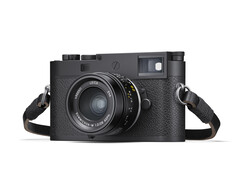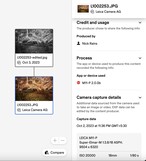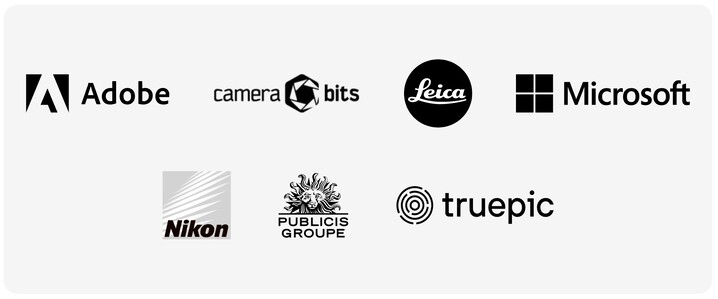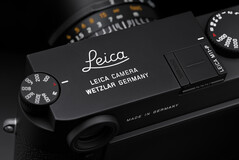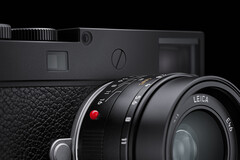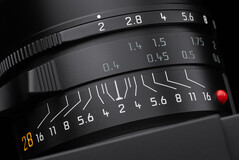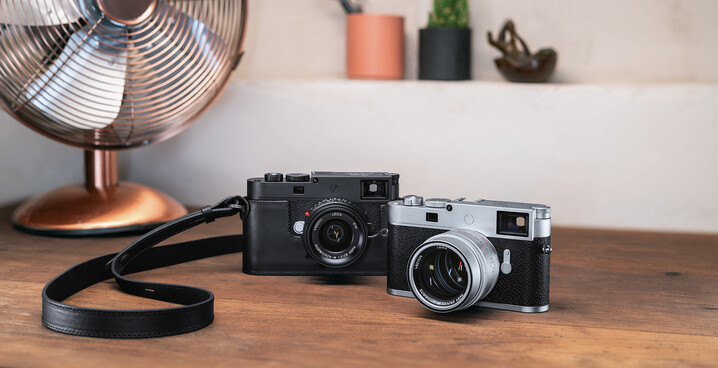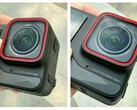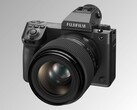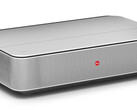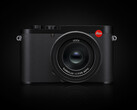Early this month, we had reported on rumours of an upcoming Leica M11-P launch. Well, the professional/photojournalism oriented version of the M11 has just been unveiled, but apart from the usual upgrades, the M11-P has a special feature that will profoundly impact photography, journalism and content creation.
The Leica M11-P is the first camera ever to implement Content Credentials, which establish the authenticity of a photograph’s origin and any future edits. Created in compliance with the Content Authenticity Initiative’s (CAI) specifications, the feature works as follows.
Once enabled in the menu, any photograph taken on the M11-P (or any future model with the feature) will be saved with an encrypted digital certificate, or manifest. This manifest securely establishes the identity of the creator and the copyright owner and other image details. Any future edits will also be appended to the manifest. End-users can view the details of manifest of an image either by uploading it to a free online tool, or, if a website enables it, by clicking on an accompanying Content Credentials pin.
The ability to authenticate the provenance of a photograph (or for that matter, any digital media) not only ensures credit for its creator, but also prevents its misuse in spreading misinformation by providing more transparency at the consumer’s end. As a brand with a historical association with photojournalism, it is quite fitting that a Leica M rangefinder camera be the first to implement CAI's standard.
Notably, Nikon and Canon both had similar but proprietary image authentication systems over a decade ago, which claimed to be secure enough to render forensic photographs tamper-proof and thus admissible as legal evidence. However, both systems were cracked by Russian security firm ElcomSoft, which posted Photoshopped images that were validated by the softwares as authentic. Surely there will be attempts to break CAI's Content Credentials system too, but being an open source standard, it will hopefully be strengthened through that process.
Of course, the M11-P comes with the usual upgrades found in ‘P’ designated variants of the M series, including a scratch resistant sapphire crystal screen and the omission of Leica’s red dot branding on the front (replaced by lettering engraved on the top plate). It also inherits two features from the M11 Monochrom – a larger 256 GB internal storage (up from 64 GB), and a new Highlight-Weighted metering method.
Leica has also launched an upgrade to its Summicron-M 28 f/2 ASPH lens with a shorter minimum focusing distance of 40 cm; however, focusing closer than 70 cm requires using live view, the Visoflex 2 EVF, or Leica FOTOS app. In all other respects, the M11-P is the same as the M11, with its 60 MP BSI CMOS sensor and Maestro-III processor. The M11-P is now available globally for US$9,195 or €8,950.
Buy the Fujifilm X100V premium compact digital camera with fixed prime lens on Amazon


 Deutsch
Deutsch English
English Español
Español Français
Français Italiano
Italiano Nederlands
Nederlands Polski
Polski Português
Português Русский
Русский Türkçe
Türkçe Svenska
Svenska Chinese
Chinese Magyar
Magyar